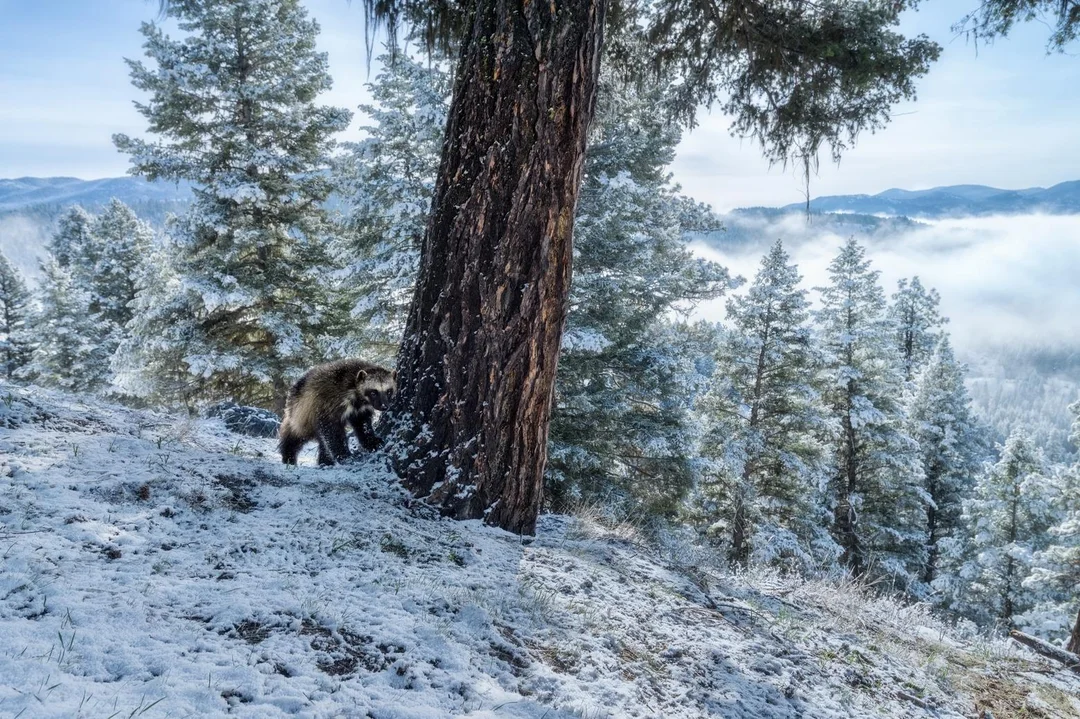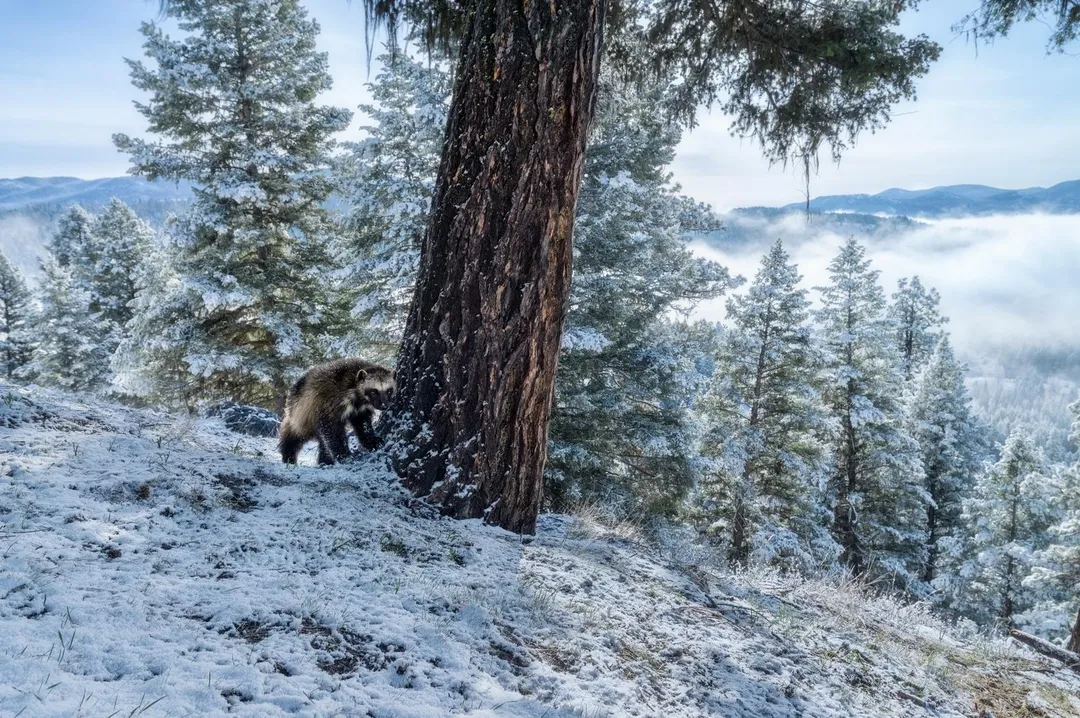
The Phantom of The Rockies: The Elusive Life of Wolverines
In the rugged beauty of Montana's Glacier National Park, researchers are uncovering the mysteries of one of North America's most elusive predators: the wolverine. Known for their tenacity and strength, these rare carnivores are both awe-inspiring and vulnerable, creating a fascinating case study amid a changing climate.

During the expedition in April 2022, as Mike Schadell and I forded icy rivers laden with supplies, the thrill of the hunt overshadowed the adversity of the journey. Our task: to gather vital data for a multi-year, non-invasive wolverine study that began back in 2010. Biologists used hair samples to assess DNA, revealing vital information about the regional population of these fascinating creatures.
Wolverines (Gulo gulo), often dubbed as the 'Demon Beast' or 'Indian Devil,' are staggering creatures characterized by their strength and fearlessness. They can travel vast distances – up to 500 square miles – in search of food and territory. Research indicates an estimated 300 wolverines inhabit the contiguous United States today, largely residing in the mountainous regions of Montana, Idaho, and parts of the Pacific Northwest.

A captivating incident narrated by Douglas Chadwick, author of The Wolverine Way, illustrates their undaunted spirit. Chadwick recounts how a wolverine named M3 scaled Mount Cleveland - the highest peak in Glacier - in just 90 minutes, fast approaching the altitude like it was mere ground beneath its feet. Such feats underscore the rugged lives they lead as they adapt to their harsh environments.
However, as winter diminishes across the landscape, so too does the wolverine's habitat. Recent studies have linked climate change to dwindling snowpacks, crucial to their reproductive behavior and ecosystem balance. As temperatures rise, the survival of these iconic creatures is increasingly at risk.

The plight of wolverines extends beyond climate. They face habitat fragmentation, which disrupts their ability to traverse landscapes vital for their survival. Advocates have long called for increased protections under the Endangered Species Act. Following a pivotal ruling in November 2023, wolverines received an official designation as ‘threatened,’ shining a light on their precarious existence.
The story of the wolverine is one of resilience against a backdrop of environmental change. Yet, as we venture through these majestic mountains, we cannot help but feel hopeful for the future of these magnificent creatures. How do we ensure that the phantom of the Rockies continues to roam in our wild spaces? Join the conversation by sharing your thoughts and experiences about wildlife conservation.